Handle and customize Systematic review Abstract Templates to accelerate your daily document workflows. Discover, edit, and share forms with your team and collect relevant data twice as fast.

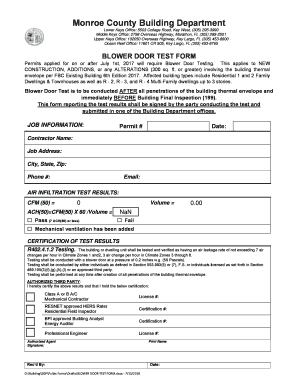

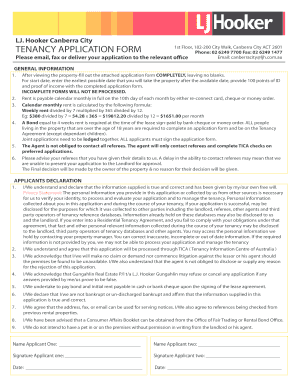
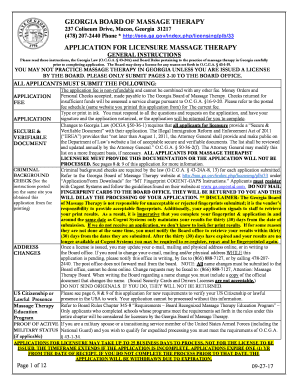



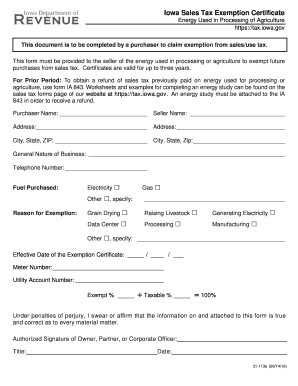

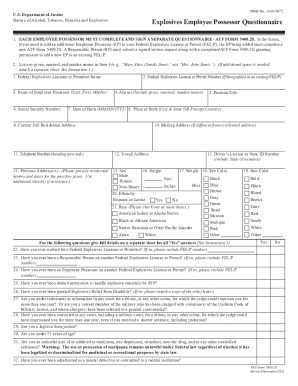

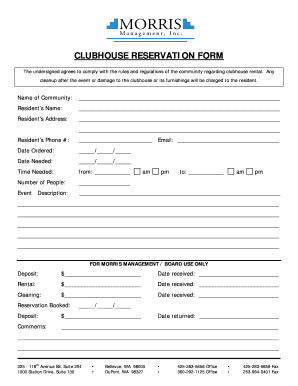
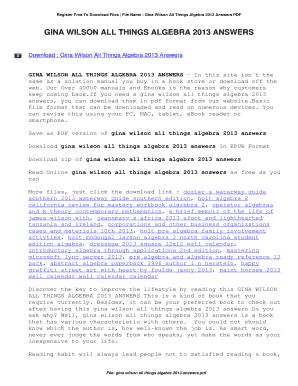
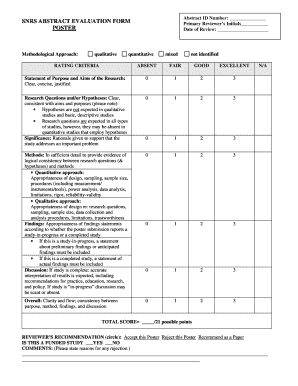
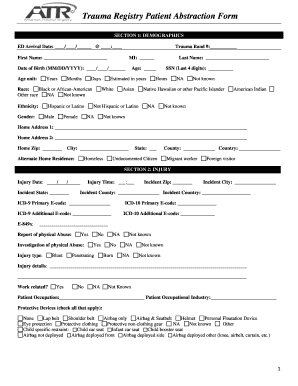
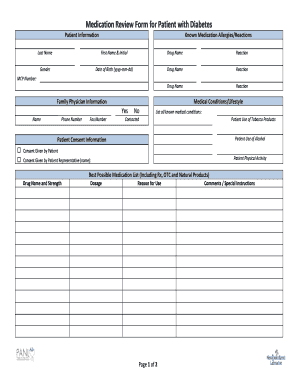

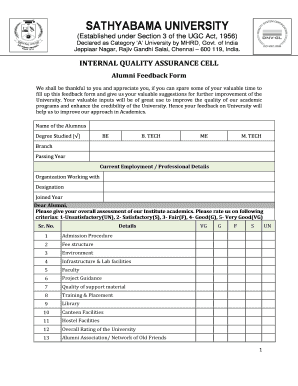




Document management occupies to half of your office hours. With DocHub, you can reclaim your time and boost your team's productivity. Get Systematic review Abstract Templates category and explore all form templates relevant to your day-to-day workflows.
The best way to use Systematic review Abstract Templates:
Improve your day-to-day document management with the Systematic review Abstract Templates. Get your free DocHub profile today to discover all templates.